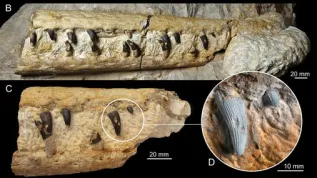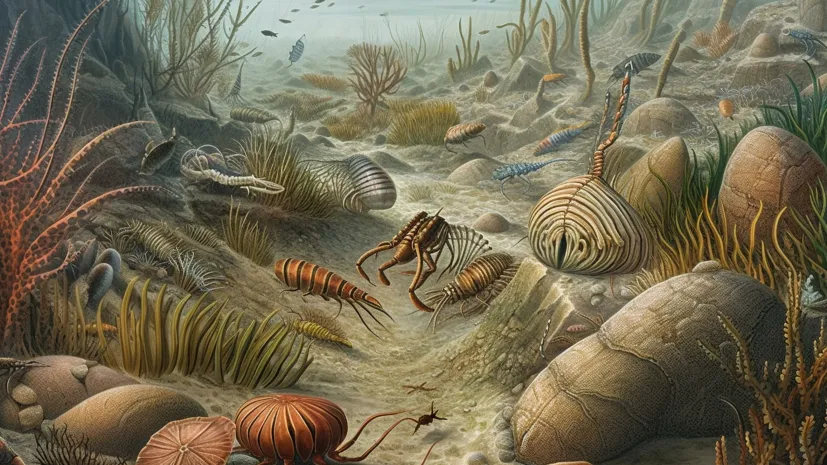
Scientists explain mysterious coexistence of animal and plant forms from approximately 427 million years ago
Polish researchers from the University of Warsaw and the Polish Academy of Sciences have explained the mysterious coexistence of animal and plant forms in the environment of coastal sea shallows from approximately 427 million years ago.
-
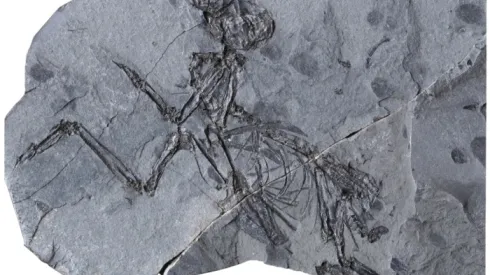
Not only dinosaurs! Bird fossils dating back millions of years have also been found in Poland
The areas of present-day south-eastern Poland used to be covered by a shallow sea. But apart from fossil fish, invertebrates and plants, bird remains are also sometimes found. Thanks to these few officially known finds, we know that species related to today's passerines, as well as grouses, hoopoes, hawks and... hummingbirds lived here.
-
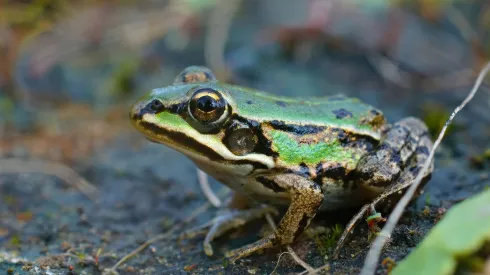
Amphibians are dying all over the world, says new report
Due to climate change, there are fewer and fewer amphibians in the world. Salamanders are facing extinction - two out of five will die, and the disastrous statistics may be worsened by a new disease emerging in the United States and Europe, says a study conducted by over 100 scientists, including researchers from the University of Łódź.
-

'Arctic monsters' threaten local communities in Greenland
Scientists from the Alfred Jahn Cold Regions Research Centre of the University of Wrocław (UWr) are investigating places with a high risk of future tsunami waves. Scientists plan to prepare recommendations for local communities on how to mitigate the effects of geohazards connected to climate change.
-
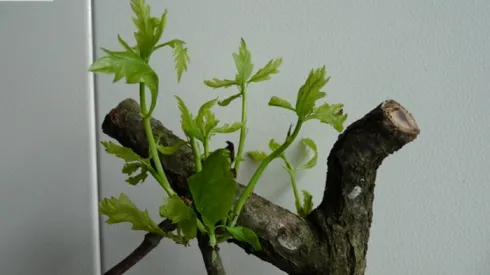
Scientists develop new method for cloning monumental oaks
Scientists have proven that 800-year-old pedunculate oaks can be multiplicated by the in vitro cloning method. Previously, this was only possible for up to 300 years old oaks. Their work will enable the preservation and protection of the genetic resources of valuable specimens growing in Poland.
-
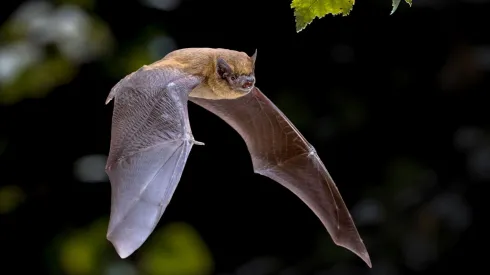
Bats can be effective bioindicators of trace metal pollution
Some living organisms can be used for biomonitoring, i.e. monitoring the state of the environment and the level of pollutants. Scientists from the Jagiellonian University have proven that bats are ideal bioindicators when it comes to trace metal contamination.
-
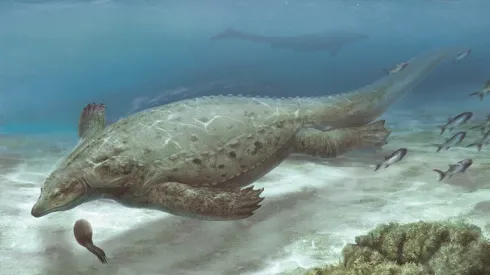
Extinct reptile sheds light on aquatic evolution
A Polish-Chinese scientific team has described a new marine reptile that lived about 250 million years ago in what is now China. The discovery sheds new light on the evolution of the aquatic lifestyle of extinct reptiles and confirms the close relationship of turtles with dinosaurs and their relatives.
-
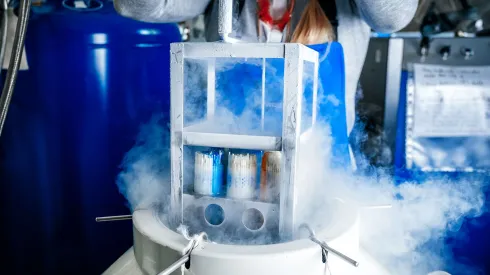
Creating fish semen banks improves breeding, says researcher
Supporting the process of fish reproduction in the event of an ecological disaster, securing the stability of breeding in fish hatcheries and protecting the gene pool - these are the main objectives of fish semen banks, which are being established by scientists from the Institute of Animal Reproduction and Food Research of the Polish Academy of Sciences in Olsztyn.
-

Climate change will affect mushroom pickers, says expert
Due to climate change, there will be fewer chanterelles and boletes in Polish forests, as these mushrooms are associated with trees from the pine family, scientists predict. Penny bun pickings may also be smaller. Mushroom pickers will instead pick summer cep, for example.
-
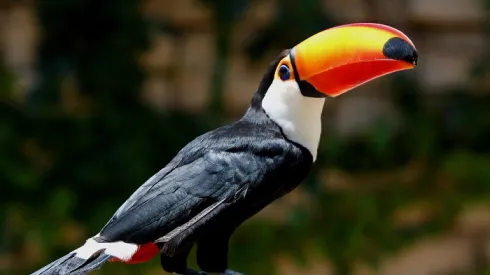
Climate change will see birds get smaller and their beaks and legs get longer, warns expert.
In warmer climates, in the course of evolution birds lengthen their legs and beaks and, in a separate process, reduce body size. Scientists from Poland and Australia investigated the interdependencies between these mechanisms on 99.7% species of birds.



